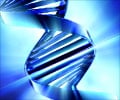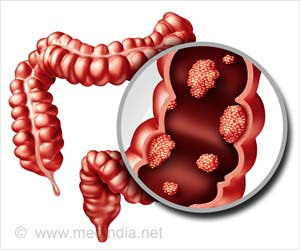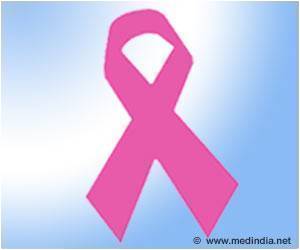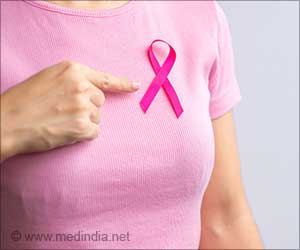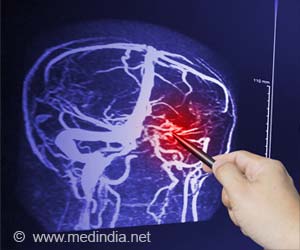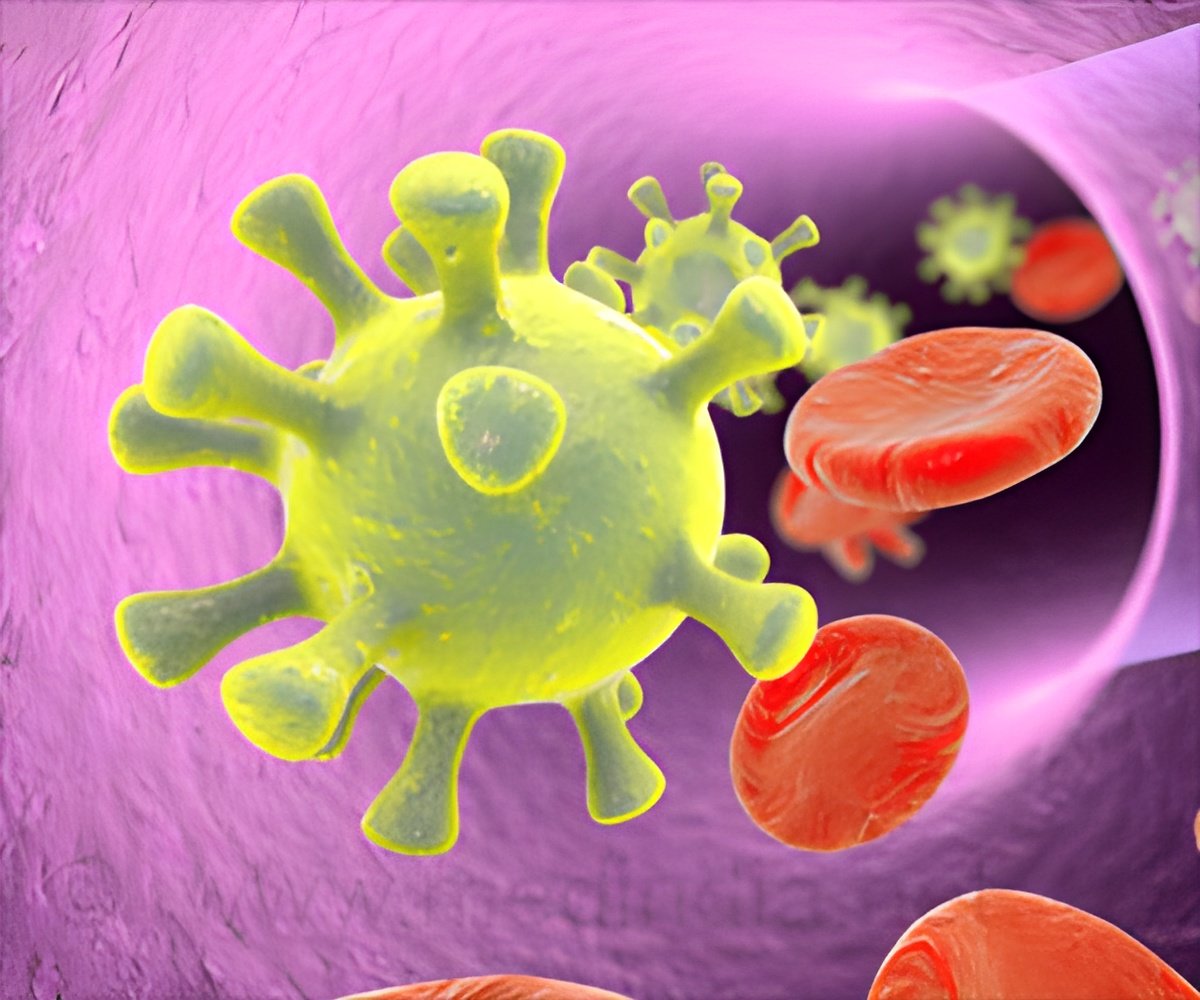
‘Lactate metabolism, once considered a waste product, is now being redirected toward potential applications in cancer treatment. #Cancer #Cancertreatment #LactateMetabolism’





Despite their vital physiological role and although they are considered attractive therapeutic targets, most SLCs have not yet been adequately studied pharmacologically.This is precisely what numerous scientists in the research group of Giulio Superti-Furga, Scientific Director at the CeMM the Research Center for Molecular Medicine of the Austrian Academy of Sciences, and professor at the Medical University of Vienna, are working on. They have now developed a method to target lactate transporters SLC16A1 and SLC16A3, which are associated with certain cancers and other diseases.
Lactate, an end product of glycolysis, is known primarily as a metabolic waste product, but it is also used as an energy source. In fact, it has been shown that in many tissues, highly glycolytic cells secrete lactate, which is then used as an energy source by neighboring cells. This has been observed, for example, in skeletal muscle, brain, testes, and tumor microenvironment (TME).
Lactate is transported across the membrane predominantly by members of the SLC16 family. Of four key lactate transporters, studies particularly attribute a central role to the SLC16A1 (MCT1) and SLC16A3 (MCT4) genes. Giulio Superti-Furga explains, “We know for more than a century that tumor cells tend to be highly glycolytic, and that the concentration of lactate can reach extreme levels inside tumors. But it is only relatively recently that we are starting to understand the consequences of this (1✔ ✔Trusted Source
Paralog-dependent isogenic cell assay cascade generates highly selective SLC16A3 inhibitors
Go to source).
High Lactate Levels can Suppress Immune Cells in Cancer
For example, the high lactate levels are contributing to the suppression of immune cells inside the tumors, or to the development of resistance to treatment. Lactate transporters play a key role in this, especially SLC16A1 and SLC16A3, which are known as the major lactate importer and the major lactate exporter. Both transporters are considered promising drug targets.”The study’s first author Vojtech Dvorak, a Ph.D. student in Superti-Furga’s lab, adds, “One of the major obstacles for the development of novel drugs that target SLCs are the frequent functional redundancies among several transporters that are present in cells. This makes it very difficult to isolate the impact of a potential drug candidate on a single transporter and hence determine the selectivity.
Advertisement
However, if, for instance, the SLC16A1 gene is lost, the cell then becomes dependent on SLC16A3 for its survival (and vice versa). We realized that by creating several cell lines that are dependent on either of the distinct lactate transporters, we can use them to search for highly selective drugs.”
Advertisement
Reference:
- Paralog-dependent isogenic cell assay cascade generates highly selective SLC16A3 inhibitors - (https://www.cell.com/cell-chemical-biology/fulltext/S2451-9456(23)00204-0)
Source-Eurekalert



